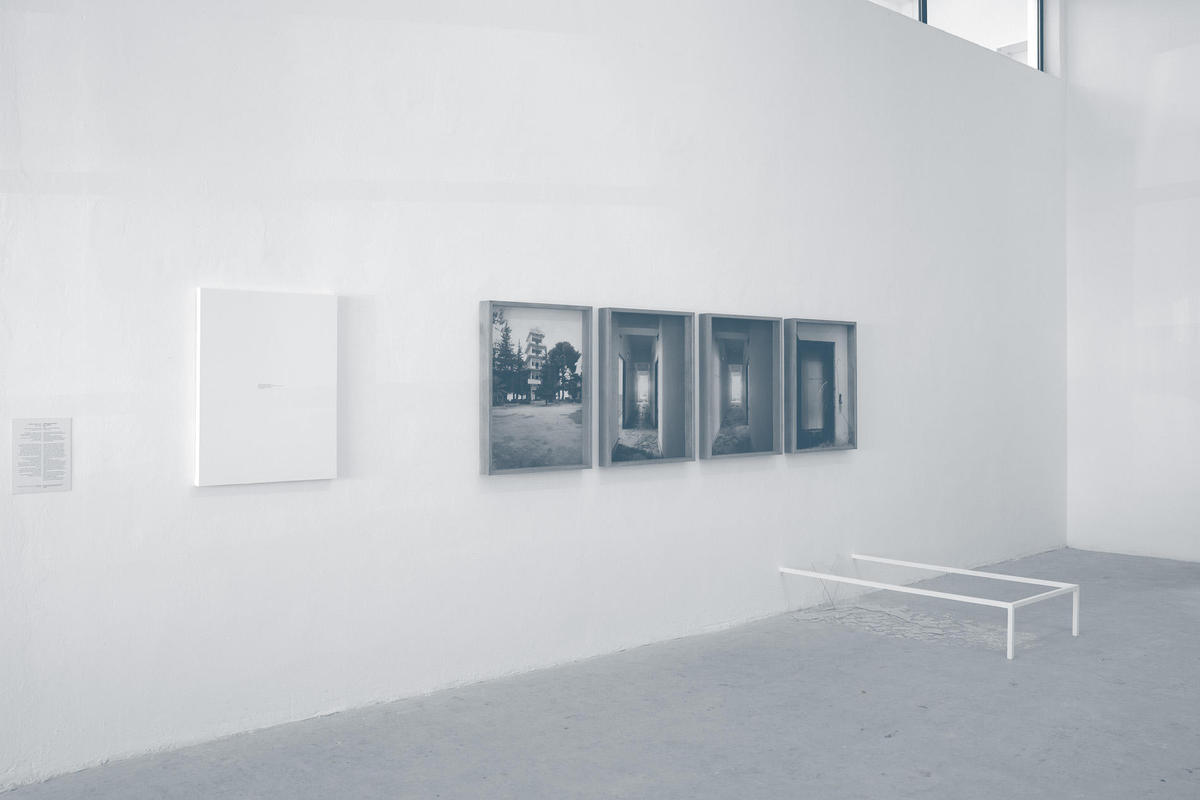
Beirut
Exposure 2010
Beirut Art Center
September 23–November 13, 2010
One of the more irritating behavioral ticks of art critics may be their tendency to give a work no more than a passing glance before dismissing it as derivative and done before. One can’t help but sympathize with the impulse, however, after spending some time with Exposure 2010, the Beirut Art Center’s second annual exhibition focusing on what the organizers termed “emerging” artists. The show presented eleven works by eleven artists, many of them virtually unknown. At a time when demand for Beiruti art projects — by virtue of cultural politics and the art world’s ever-extending reach — has completely overshot the city’s actual supply of interesting work, the promise of the new and undiscovered lends Exposure 2010 a little thrill — possibly cheap, definitely misplaced.
The problem is not so much that Rana Hamadeh’s bullet-pierced issue of Graphis magazine, in the crisp but over-labored installation GRAPHIS No 127, is a lesser version of Emily Jacir’s bullet-pierced edition of A Thousand and One Nights in Material for a Film; nor that Paul Hage Boutros’s video of a young man peeling a pomegranate, It’s Confusing These Days, is a lesser version of Joumana Emil Abboud’s video of a young woman putting a pomegranate back together again in The Pomegranate; nor that Etienne Damien’s fifteen minutes of amateur porn, My Name Is Monica Sweetheart, is a lesser version of, well, much to be found on YouTube. Rather, the problem lies in the fact that the forms and strategies of the works on view are painfully safe; earlier artists’ projects have made these practices legible and legitimate as modes of artistic production. The content, in turn, is very often shallow, even empty. These are art student exercises, conceptual calisthenics. Who cares?
The Beirut Art Center is not yet two years old, but as a site that is open, active, and fiercely committed to contemporary art practices of a decidedly noncommercial nature, it is a welcome addition to the local scene. It’s very much a work in progress, an institution that is still in the process of becoming, filling in, and filling out. There’s no curator on staff, and, so far, the center has not followed the most conventional models of what such a space could do or be.
As an initiative, the Exposure series is commendable: it results from a jury review of proposals submitted in response to an open call. There’s no age limit, and the definition of “emerging” is left deliberately loose. Ultimately, it’s up to the artists to decide if they are emerging or not. Last year, the process was only open to Lebanese nationals. This year, it opened up to foreigners living in Lebanon. In the future, it might be worth deleting the passport and residency requirements altogether. After all, what’s the point of an art center, in a city that claims to be cosmopolitan to the core, reproducing the exclusionary policies of the state’s security forces? And the jury is tasked not with assembling a solid show but with judging each proposal on its own individual merits.
But then again, maybe a show, or the act of exhibition-making, isn’t the best or most productive format to follow here. Clearly, the selection process privileges artists’ statements above much else. Exposure 2010 is thus a litany of good intentions, a record of what eleven artists wanted to do, or think they are doing, with little connection to what they actually manage to produce. And consider the catchphrases of the artists’ individual statements: “war documents,” “the ways we collectively generate and construct history,” “exploring possible means of narration and testimony,” “addressing the subject of remembrance,” “underlining the infinite possibilities for rewriting history,” “represents the complex and difficult lived history (past/present) of an exilic and nomadic life,” “home and belonging,” “one’s ability to forget and remember,” “the weight of accumulated memories and the lightness that comes out of each new step forward,” “the space between memory and language,” “living through war,” “the residual effects of war.” A fiesta of clichés!
In the end, the real problem with Exposure may be that it has too many built-in defenses. One can’t really judge the exhibition, because it wasn’t assembled as such. You can’t criticize the works, because the artists who made them are too young, too fragile, too early on in their careers. And you can’t quibble with quality, because the initiative is just taking the art scene’s pulse, gathering what’s out there, introducing generation next, or reaching — again — for some kind of zeitgeist. Perhaps acts of emergence would be better served not by exposure but rather by a workshop, a practicum, an apprenticeship, or simply a brutal crit.